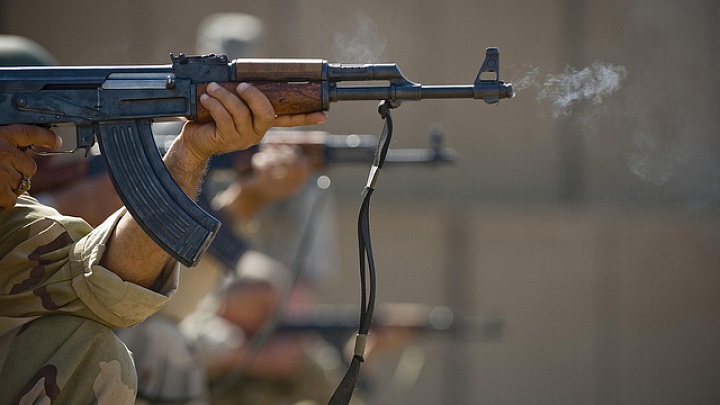
On March 2, a motley assortment of loyalist fighters launched an assault on Tikrit, the birthplace of Saddam Hussein. It was an attempt to recapture the Sunni stronghold from ISIS, which had seized large areas of northern Iraq in summer 2014. While there had been a few half-hearted attempts to take back the city, with as many as 30,000 security personnel committed to the assault, this made it the largest assault on Tikrit and one of the largest operations against ISIS to date. The battle also signaled the changing nature of urban warfare.
The city was captured by early April after a month of heavy fighting. Similar to how the Duke of Wellington’s Anglo-Portuguese force had to bloodily seize Badajoz to open the door for the invasion of Spain in 1812, Iraqi loyalists had to take Tikrit to open up the road to Mosul – Iraq’s second city. In many ways, this battle was just testing the waters and a chance to learn lessons for a much bigger fight to recapture Mosul (which should begin later this year).
The battle for Tikrit was especially remarkable for two reasons. First, it was the source of a substantial rift between the Iraqi government and the Iranian-backed militias. Second, the demand for advanced airpower to cleanly and efficiently prosecute urban warfare was highly evident in this battle, and was a major contributing factor to the rift.
The battle for Tikrit was just testing the waters and a chance to learn lessons for a much bigger fight to recapture Mosul later this year.
Militias Lead the Charge
Surrounding the enemy and cutting them off from the outside world with overwhelming numbers is one of the most crucial initial moves for an attacking force in urban warfare. Not to do this risks the enemy being reinforced and the possibility of a flanking attack, as US forces found in Mogadishu in 1993 during the “Black Hawk Down” incident. The Iraqi loyalists, however, certainly managed this, massing 30,000 security personnel to attack Tikrit from all sides.
But the makeup of this force was not ideal. It included Iraqi army and police, Sunni tribes and the Popular Mobilization Forces, itself made up of dozens of separate militia funded, equipped, and trained by Iran. During the First Battle of Grozny in Chechnya, similar issues of varied command within the Russian force gave way to industrial scale friendly fire incidents, making up a sizeable proportion of the Russian casualties – one estimate places this proportion at over half.
From the available evidence, however, there does not appear to have been any equivalent situation in taking Tikrit. One possible reason for this was the fact that the assault was initially
